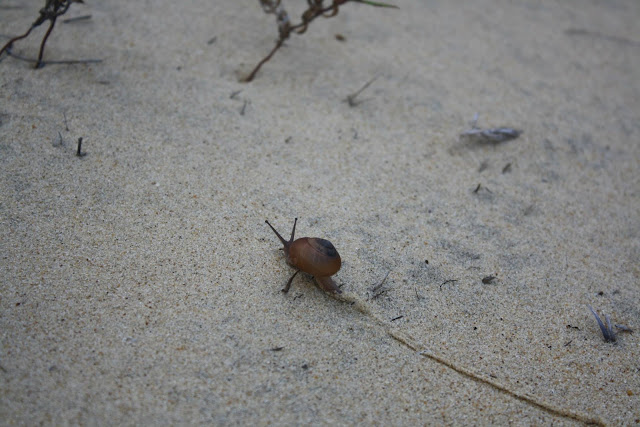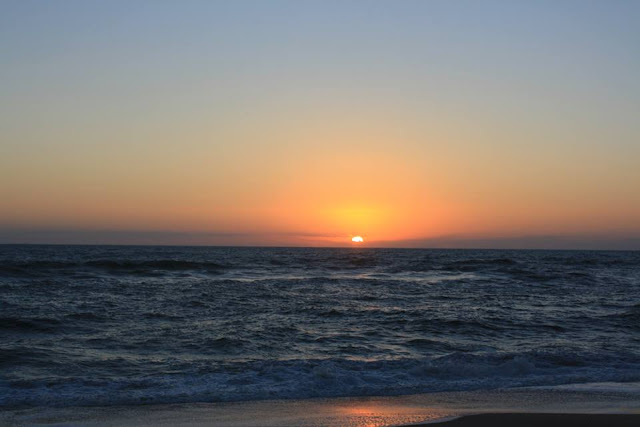Hello Everyone!
It has been a long time since I last posted a nature blog. I thought it would be fun to write another one sharing about one of my personal favorite places to explore. Before I do, I would like to honor a couple of people that had been a big part of my life and a big part of my love of nature and Bass Lake.
I want to dedicate this post in memory of my Dad, Mike Cecil whom passed away a few years ago. He was a big part of my life and encouraged me in my love of nature and was open to learning about and exploring it with me. We took a big trip to Big Bend National Park together and it was fun. We explored some nature trails too. I miss him.
I also want to dedicate this post to my friend and former manager, Robert Eason. I worked under and with Robert at Bass Lake for 13 years. He loved that place and worked hard to maintain it and keep it nice. He cared about the wildlife there and often helped hurt animals. I am thankful I got to know Robert.
Now, on to my special place!
Bass Lake Park in Holly Springs, NC is a great place to get out into nature to hike or fish or dabble in photography. During certain times of the year, you can rent a boat and go out onto the lake. There is a hiking trail that goes around the lake. Over the years I have enjoyed helping to maintain it and hike it. I have encountered some really cool wildlife!
Mammals:
I have seen a variety of species of mammals. I have seen a few opossums, a few raccoons, white-tailed deer, a few beavers, and my personal favorite; river otters! Now, I haven't seen river otters that often, but I have a few times and every single time, it was exciting! Bass Lake is a great place for them to hangout.
 |
| River Otters |
 |
River Otters
|
The river otters I often would see playing in the water or on one occasion, I observed an otter foraging for and capturing fish for food.
The White-tailed deer, I saw out there all the time and still do see them when I go out there for a hike. Bass Lake is situated in a highly developed area, which is sad that they have left no forests at all in that town. Bass Lake is connected to a large track of farmland that is protected, for now anyway. I'm sure the town is hungry to develop it too. Anyway, the deer are pretty common.
I want to make a point that it is important to preserve out natural resources and out wildlife. We need them. Bass Lake is a very special place that needs continued support and voices to advocate for it.
I am getting off topic a little, so here are some of my interesting Reptile and Amphibian findings!
One of the things you will notice when you explore Bass Lake is that you will see a lot of turtles, at least on a bright, sunny and warm day you will.
 |
| A group of Yellow-Bellied Sliders and River Cooters basking on a fallen tree. |
 |
| Juv. Yellow-bellied Slider |
The lake offers some great opportunities to see and observe a variety of turtles out basking on fallen trees or even swimming in the water foraging for food. You never really know what you will run across out there! Which makes it fun and exciting for nature lovers.
Other species I have run across out there include painted turtles, box turtles, musk turtles, mud turtles and quite a few snapping turtles.
 |
| Eastern Musk Turtle |
 |
| Common Snapping Turtle |
Pretty cool, huh?
Next are the snakes! I know many reading this may not enjoy seeing snakes too much. Snakes are cool and play an important role in their ecosystems. They eat a variety smaller animals, including rodents which many people consider pests. They are also food to other and much larger animals too.
Out at Bass Lake I primarily have seen northern water snakes. I would say they are the most common species of snake out there. I have also seen red-bellied water snakes, rough green snakes, rat snakes, black racers, eastern garter snakes, a couple of eastern ribbon snakes. I have also seen kingsnakes, brown snakes, ringneck snakes, and a few copperheads. Copperheads are some what common there at certain times of the day and year. They typically just want to be left alone but will defend themselves if stepped on or provoked. Give them some space.
 |
| Eastern King Snake |
 |
| Copperhead |
In regards to some basic safety while out on the trail it is important to be vigilant as you are in their ( the wildlife's) home. Watch your step, particularly at sunset. Have a flashlight on hand if you are on a trail at sunset or dark. Do not put your hands and feet in places you can't fully see such as tall grass. Do not pick up a snake that you are unable to identify.
 |
| Red-bellied Watersnake |
 |
| Northern Watersnake |
 |
| Rough Green Snake |
So, as you can see, there is a pretty cool diversity of snakes out at Bass Lake. As any other trail you hike, it is important to pay attention and remember that snakes are apart of nature. They want to be left alone as much as you do.
As far as lizards go, there are anoles and five-lined skinks out there. I use to see Fence Lizards out there years ago on a pretty frequent basis, but I have sadly not seen one in years. Again, probably due to the habitat loss and houses being built up all around that space. It is sad.
 |
| Southeastern Five-Lined or Five-Lined Skink |
In regards to Arthropods, I really haven't taken a lot of time to identify a lot of the arthropods I have seen out at Bass Lake. There are lots of dragon and damsel flies, butterflies, moths, spiders, and other neat stuff. That is an aspect that needs more surveying.
 |
Dragonfly of some kind
|
Amphibian wise, I have run across some pretty cool stuff. The highlights for sure are an eastern spadefoot toad and a two-toed amphiuma, which is a species of salamander. I have also run across a few slimy salamanders but that is really it. I have managed to find spotted salamander egg masses on many occasions but still have yet to find an actual salamander.
 |
| Eastern Spadefoot Toad |
 |
Two-toed Amphiuma
|
Earlier in the blog I briefly mentioned that you can fish at Bass Lake. I have really enjoyed it. I have caught some decent sized channel catfish as well as plenty of sunfish, some warmouth, shad, crappie, and a largemouth bass, although a small one.
 |
| Channel Catfish |
 |
| Black Crappie |
 |
| Largemouth Bass |
 |
| Sunfish |
Bass Lake is definitely a great place to go to be in nature.
 |
| Beautiful sunset at Bass Lake. Please note that the floating dock is sadly no longer there. |
Birds are our final group of animals that I have taken quite a bit of interest in at Bass Lake and it has been neat. I have seen and continue to see quite a lot of bald eagles out there as well as osprey. Bass Lake is a great place for birding and nature photography. While as far as I know that the eagles and osprey have yet to build nests at Bass Lake, they do hunt for food there.
 |
| Osprey |
 |
| Adult Barred Owl |
The bird diversity is stellar. During the winter months you see some neat birds that you typically would only see in the area in winter. Year around, you can find some neat birds.
 |
| American Coot |
 |
| Double-Crested Cormorant |
 |
| Great Blue Heron |
 |
| Pied-billed Grebe |
 |
| Double-Crested Cormorants |
 |
| Ruddy Duck |
As I draw this blog to a close, I hope you are inspired to check out this park and enjoy it too! Or even go explore trails near you and be inspired to advocate for that trail. What land and trails that we have left needs to be protected. Nature is important.
Enjoy some of these photos!
 |
| Bald Cypress |
 |
| Eastern Rat Snake |













































































